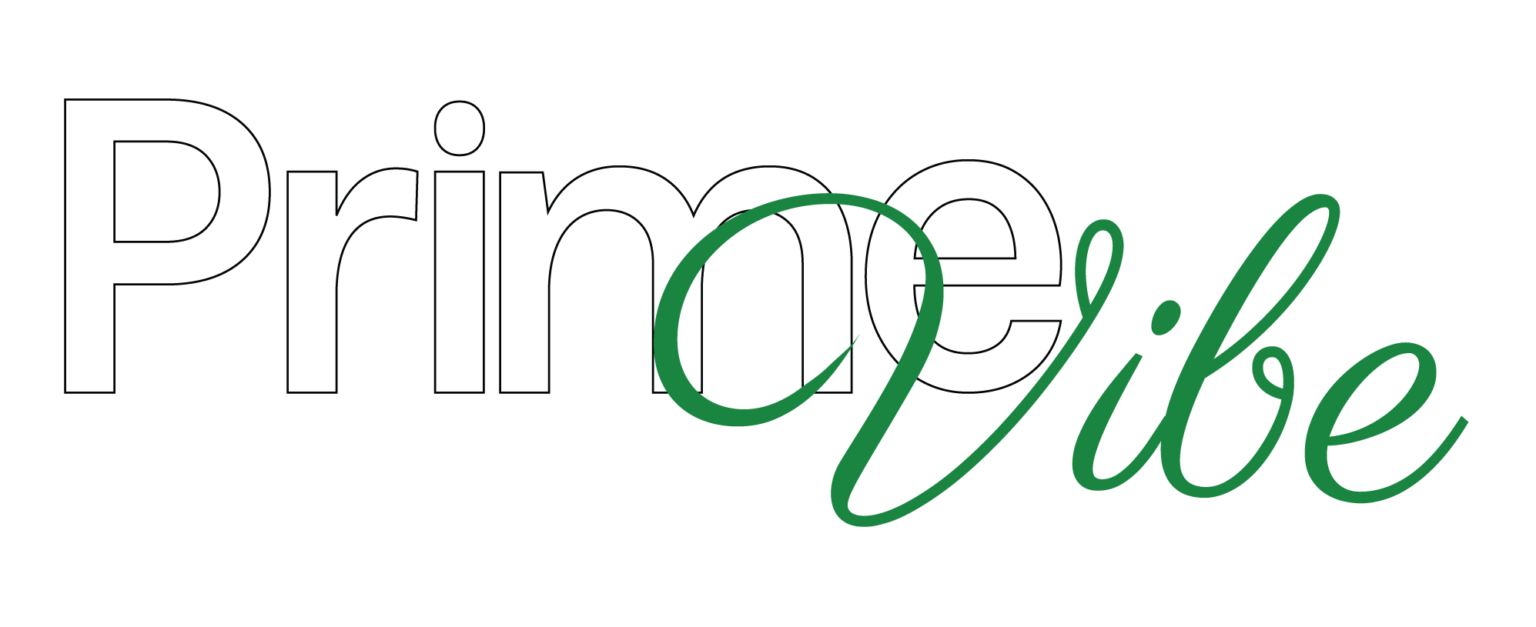United States Wine Cooler Market Size and Share Analysis – Growth Trends and Forecast Report 2025-2033
Market Overview
The United States wine cooler market reached a valuation of USD 332 million in 2024 and is projected to climb to USD 522.3 million by 2033, growing at a CAGR of 5.17% during the forecast period. This growth is primarily fueled by increasing wine consumption, a growing wine culture, rise in home entertainment setups, and technological advancements in kitchen appliances.
As more Americans embrace wine not just as a drink but a lifestyle, the demand for reliable wine storage is growing significantly. Modern wine coolers are becoming an essential part of smart kitchens, offering convenience, elegance, and precision storage solutions.
Market Definition and Functionality
A wine cooler is an appliance designed to store wine at optimal temperatures and humidity levels, preventing oxidation and maintaining the wine’s quality. Unlike regular refrigerators, wine coolers feature precise temperature control and vibration-free mechanisms, ideal for long-term storage.
Types include:
- Built-in models integrated into kitchen cabinetry,
- Freestanding units for flexible placement,
- Countertop versions suitable for compact spaces.
These appliances are used in homes, restaurants, and hospitality establishments for storing red, white, and sparkling wines.
Growth Drivers
1. Surge in Wine Consumption and Home Entertainment Trends
The U.S. wine culture has expanded, with wine tasting and at-home entertaining becoming more mainstream. This has pushed consumers to invest in wine coolers to ensure ideal storage. According to the Wine Institute, Americans consumed 964 million gallons of wine in 2022, a reflection of the deep-rooted popularity of wine despite slight annual fluctuations.
2. Premiumization and Smart Appliance Integration
The market is seeing a shift towards high-end and smart wine coolers, equipped with features like:
- Dual-zone temperature settings
- Digital touch panels
- Remote monitoring via apps
These innovations cater to modern consumers demanding both functionality and aesthetic appeal. Samsung’s Bespoke Infinite Line and Dacor’s undercounter collections are prime examples of premium offerings.
3. Growth in Online and Direct-to-Consumer Channels
E-commerce platforms such as Amazon, Wayfair, and brand-specific portals are contributing to market expansion. Online availability, customer reviews, and doorstep delivery make it easier for consumers to compare and purchase wine coolers. Dacor’s launch of advanced undercounter wine cellars with oak wood GlideRack systems in 2024 illustrates this growing focus on innovation and digital retailing.
Related Report
Market Challenges
1. High Initial Cost and Maintenance
Wine coolers, especially those with smart features or larger capacity, can be expensive. Maintenance costs, such as replacing cooling systems or digital panels, may deter budget-conscious buyers.
2. Space Constraints in Urban Homes
With rising urbanization, many American homes—especially apartments—lack the space for larger or built-in wine coolers. This is creating demand for compact and countertop models, but still limits adoption in high-density cities.
Segment Insights
Built-in Wine Cooler Segment
Favored in high-end kitchen renovations, built-in coolers blend seamlessly with cabinetry. Their popularity is rising with the trend of open-plan kitchens and minimalistic design.
Countertop Wine Cooler Segment
These space-efficient coolers are ideal for small households and urban apartments. Their portability and affordability make them popular among new wine enthusiasts.
Thermoelectric Wine Coolers
Known for their energy efficiency and vibration-free operation, thermoelectric models are appealing to environmentally conscious consumers. Their quiet performance also makes them suitable for home environments.
USD 501 to 1,500 Price Range
This mid-range segment delivers premium features at accessible prices. It attracts serious wine drinkers seeking dual-zone cooling, sleek designs, and durability without crossing into luxury pricing.
Distribution Channel Analysis
Electronic Stores
Still an essential retail outlet, electronics stores provide hands-on product comparisons, expert consultation, and additional services like installation. Brands gain credibility and visibility through these channels.
Exclusive Brand Outlets
High-end consumers often shop at branded showrooms offering exclusive collections, extended warranties, and premium service. These outlets enhance the luxury positioning of wine cooler brands.
Regional Analysis
East United States
States like New York and Virginia drive regional demand due to a strong wine culture and urban demographic. Consumers prefer sleek, compact coolers suitable for apartment living.
West United States
California, home to the U.S. wine industry, is the largest regional market. Sustainability trends and a large base of collectors support high demand for eco-friendly wine coolers.
North United States
With cold climates encouraging indoor entertainment, wine cooler usage is on the rise. Built-in models are especially popular in the North due to modern home renovations and space availability.
Competitive Landscape
Leading players in the U.S. wine cooler market include:
- Whirlpool Corporation
- Danby
- Frigidaire
- Haier Inc.
- NewAir
- Kalamera
- Robert Bosch GmbH
- EdgeStar
- Avanti Products
- Vinotemp
These companies are investing in product innovation, digital integration, and regional expansion to gain a competitive edge.
Key Questions Answered in This Report
- What is the projected CAGR for the United States wine cooler market during 2025-2033?
- Which product segment (Built-in, Free-standing, Countertop) is witnessing the most traction among consumers?
- What benefits do thermoelectric wine coolers offer over compressor-based models?
- How does smart technology integration impact consumer preferences for wine coolers?
- What challenges are restricting growth in urban markets across the U.S.?
- Which price range segment is showing significant growth and why?
- How is the rise in home entertainment trends contributing to wine cooler sales?
- What is the role of exclusive brand outlets in building consumer loyalty?
- Which region in the U.S. has the highest demand for wine coolers and what factors drive it?
- How are e-commerce and direct-to-consumer channels transforming the wine cooler market?
Conclusion
The U.S. wine cooler market is evolving into a sophisticated and essential segment of consumer appliances, driven by lifestyle changes, increasing disposable income, and smart home integration. While challenges like high cost and space limitations persist, innovation and regional growth opportunities continue to propel the market forward.



